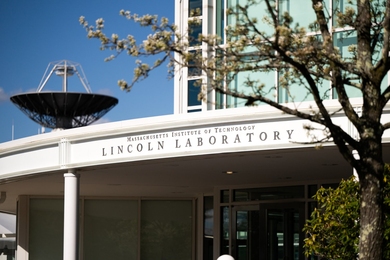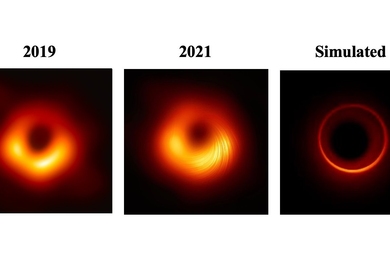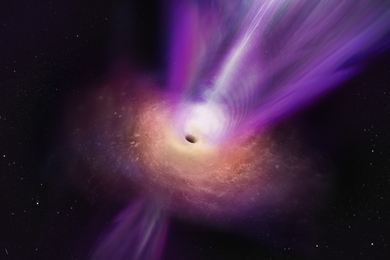MIT Haystack scientists study recent geospace storms and resulting light shows
Solar maximum occurred within the past year — good news for aurora watchers, as the most active period for displays at New England latitudes occurs in the three years following solar maximum.














